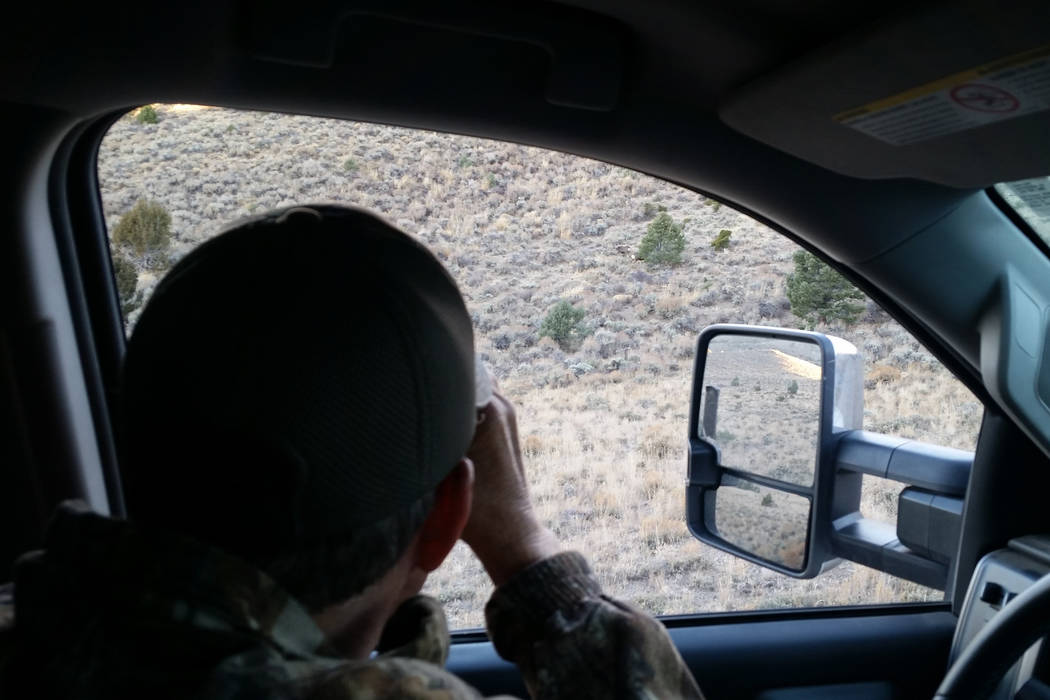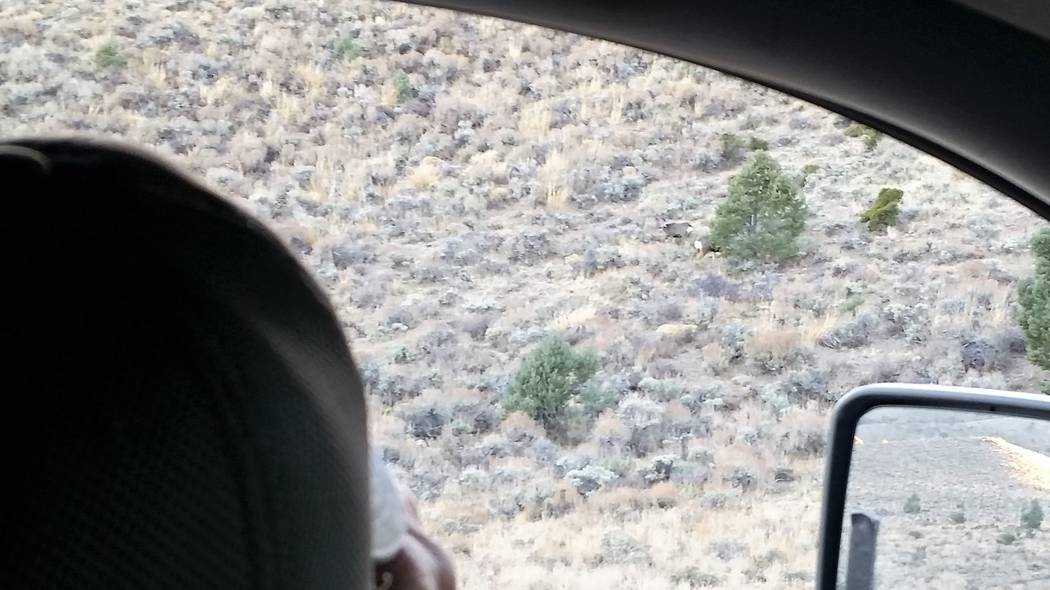Holiday season offers outdoorsmen plenty of options
With the Thanksgiving holiday next week, some of you might be thinking about putting your binoculars, shotgun or fishing rod away for the season. That’s your choice, but don’t be too hasty. You could be passing up some good times in the outdoors.
If you enjoy looking at large-antlered mule deer bucks, mid-November is the time to be out and about. That’s usually when the peak of the mule deer rut or breeding season takes place, though it can be later in southern climes. That means you have a pretty good window of opportunity for seeing animals that are rarely seen at other times, especially if you are willing to do some minor traveling.
As any mule deer hunter will tell you, mature bucks come with a well-developed collection of survival skills. Among those is stealth, the ability to hide in or slip through even the thinnest cover without being seen, but that all seems to disappear during the rut. They become so focused on finding does in estrus that they seem to forget their survival skills.
This lapse in stealth mode often leaves them standing in the open and within easy glassing distance of dirt roads and trails. That, of course, means they are within reasonable distance for a camera of decent quality. My friends and I witnessed this firsthand one November morning while looking for elk near Ely. We encountered no fewer than six bucks simply standing here and there along the road. They didn’t even look our way.
If you go north looking for mulies, don’t forget your fishing gear. With the arrival of cooler air and water temperatures comes some of the best trout fishing of the year. Large trout that have spent the summer holed up in the cool waters of a deep pool somewhere move to shallow water, where they will actively feed until things ice up for winter. Their energy is focused on adding enough bulk to carry them through the winter months when food is scarce.
That means they will be more accessible to anglers fishing from the shore, and since they will be higher in the water column, the fish will be easier to see in clear water. But keep in mind that if you can see them, they also can see you. Go into sneak mode so you don’t spook them. That includes wearing clothing in subtle, earth-tone colors.
This also is the time to look for big German brown trout. Once their October spawn is over, they also will cruise the shoreline in search of food. Big browns will be looking for protein and can be aggressive. Flatfish, spoons and large fly patterns might fool these fish.
Eagle Valley Reservoir is home to some good browns, and it seems as if almost every fall some lucky angler pulls in a fish pushing past the 6-pound mark. While that isn’t a monster by some standards, it’s a good fish.
Other nearby trout waters include Echo Canyon Reservoir, Comins Lake, Cave Lake, Illipah Reservoir and the five small reservoirs at the Kirch Wildlife Management Area. In Southern Utah, good fall fishing can be found at Panguitch Lake, Navajo Lake, Duck Creek, Yankee Meadows and Baker Reservoir, among others.
Mid-November also is a time of change for Gamble’s quail. While their populations remain low compared to prior years, there are still birds to be found. Keys to success are patience, diligence and spent boot leather.
Early in the season, quail generally can be found in the bottoms of brushy washes or in low rolling swales at the bottom of steep ridges. But after they have been pressured by hunters, quail tend to move up and into steeper country. That means hunters have to change their tactics accordingly.
Rather than walking the bottoms of washes, you might need to work up shallow draws that lead uphill toward a brush-filled pocket. Keep your eyes open, because these cagey birds will lead you uphill and then use a knob or rock outcropping as cover to turn and slip downhill behind you.
A good dog will help in that situation, but don’t give up if you don’t have one. If you are hunting with a friend, split up and work the birds together. This might keep the birds honest.
Freelance writer Doug Nielsen is a conservation educator for the Nevada Department of Wildlife. His “In the Outdoors” column, published Thursday in the Las Vegas Review-Journal, is not affiliated with or endorsed by the NDOW. Any opinions are his own. Find him on Facebook at @dougwritesoutdoors. He can be reached at intheoutdoorslv@gmail.com.








